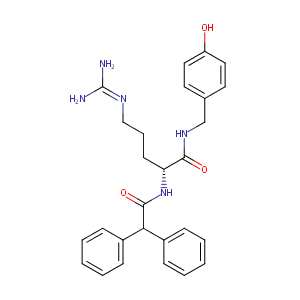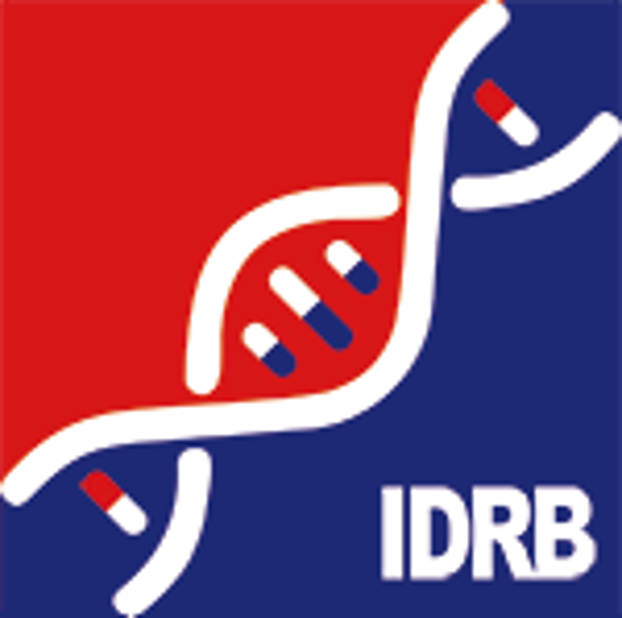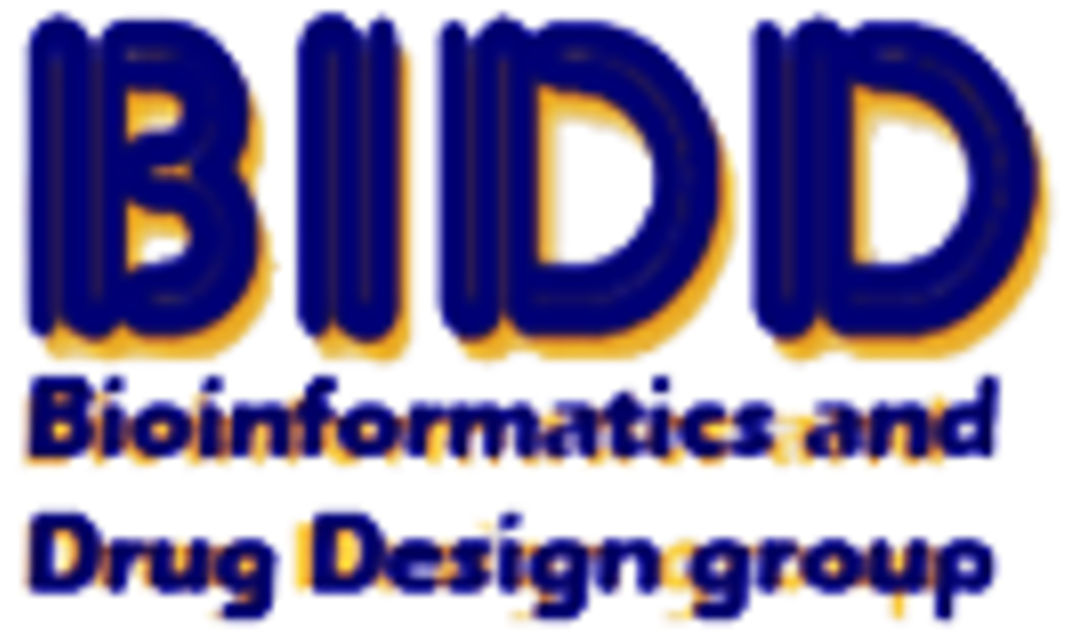Drug Information
| Drug General Information | |||||
|---|---|---|---|---|---|
| Drug ID |
D0V2GT
|
||||
| Former ID |
DNC000317
|
||||
| Drug Name |
BIBP 3226
|
||||
| Drug Type |
Small molecular drug
|
||||
| Indication | Hypertension [ICD9: 401; ICD10:I10-I16] | Terminated | [1], [2] | ||
| Structure |

|
Download2D MOL |
|||
| Formula |
C27H31N5O3
|
||||
| InChI |
InChI=1S/C27H31N5O3/c28-27(29)30-17-7-12-23(25(34)31-18-19-13-15-22(33)16-14-19)32-26(35)24(20-8-3-1-4-9-20)21-10-5-2-6-11-21/h1-6,8-11,13-16,23-24,33H,7,12,17-18H2,(H,31,34)(H,32,35)(H4,28,29,30)/t23-/m1/s1
|
||||
| InChIKey |
KUWBXRGRMQZCSS-HSZRJFAPSA-N
|
||||
| PubChem Compound ID | |||||
| PubChem Substance ID | |||||
| Target and Pathway | |||||
| Target(s) | Neuropeptide Y receptor type 1 | Target Info | Antagonist | [3], [4] | |
| KEGG Pathway | cAMP signaling pathway | ||||
| Neuroactive ligand-receptor interaction | |||||
| NetPath Pathway | FSH Signaling Pathway | ||||
| Reactome | Peptide ligand-binding receptors | ||||
| G alpha (i) signalling events | |||||
| WikiPathways | GPCRs, Class A Rhodopsin-like | ||||
| Peptide GPCRs | |||||
| Endothelin Pathways | |||||
| GPCR ligand binding | |||||
| GPCR downstream signaling | |||||
| References | |||||
| REF 1 | Neuropeptide Y and the nonpeptide antagonist BIBP 3226 share an overlapping binding site at the human Y1 receptor. Mol Pharmacol. 1996 Aug;50(2):285-92. | ||||
| REF 2 | (http://www.guidetopharmacology.org/) Nucleic Acids Res. 2015 Oct 12. pii: gkv1037. The IUPHAR/BPS Guide to PHARMACOLOGY in 2016: towards curated quantitative interactions between 1300 protein targets and 6000 ligands. (Ligand id: 1485). | ||||
| REF 3 | Effects of a selective neuropeptide Y Y(1) receptor antagonist BIBP 3226 on double peaked vasoconstrictor responses to periarterial nerve stimulation in canine splenic arteries. Br J Pharmacol. 2000 Aug;130(7):1699-705. | ||||
| REF 4 | Intracerebroventricular injection of a neuropeptide Y-Y1 receptor agonist increases while BIBP3226, a Y1 antagonist, reduces the infarct volume following transient middle cerebral artery occlusion inrats. Neuroscience. 2003;116(1):119-26. | ||||
If You Find Any Error in Data or Bug in Web Service, Please Kindly Report It to Dr. Zhou and Dr. Zhang.

